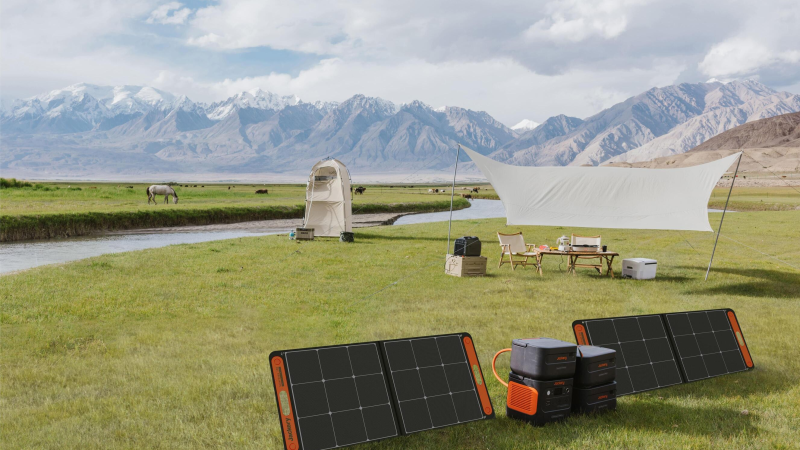Austin, Texas Weather: A Kaleidoscope of Climate

Nestled in the heart of the Lone Star State, Austin boasts a climate as diverse as its vibrant culture. From scorching summers to mild winters, the weather in this Texas gem is a fascinating blend of extremes. As residents and visitors alike navigate the ebb and flow of the elements, Austin’s weather paints a dynamic portrait that mirrors the city’s eclectic spirit.
Summer: The Reign of the Texan Sun
When summer arrives in Austin, the city transforms into a haven for sun enthusiasts. From June to August, temperatures soar, often reaching the high 90s and occasionally flirting with the triple digits. The sun beats down on the city, casting a warm glow on the plethora of outdoor activities that define Austin’s summer scene.
Lady Bird Lake becomes a playground for kayakers and paddleboarders seeking respite from the heat, while the Barton Springs Pool, a natural spring-fed oasis in the heart of Zilker Park, offers a refreshing escape for swimmers. The city’s numerous parks, like the Zilker Metropolitan Park, host outdoor concerts, festivals, and picnics, creating a lively atmosphere despite the relentless sun.
As the mercury rises, the music scene in Austin also heats up. The city’s famous Red River Cultural District sees a surge in live performances, with musicians and festival-goers braving the heat to revel in the unique blend of live music and summer vibes.
Autumn: A Breath of Fresh Air
As the scorching summer sun begins to wane, Austin transitions into a more temperate climate during the fall months. September brings a gradual cooldown, with daytime highs settling into the comfortable 80s and 90s. The evenings, however, offer a delightful respite, as temperatures dip to the 60s, creating the perfect backdrop for outdoor events.
Autumn in Austin is synonymous with the Austin City Limits Music Festival, a two-weekend extravaganza that takes place in Zilker Park. Music lovers flock to the festival grounds to revel in the cooler temperatures while enjoying performances by renowned artists from various genres. The fall weather allows for a seamless fusion of live music, food, and outdoor activities, making it a favorite season for many Austinites.
Beyond the festival grounds, the changing foliage along the Colorado River and the Hill Country surrounding Austin provides a picturesque backdrop for hikers and nature enthusiasts. Trails like the Barton Creek Greenbelt become a tapestry of warm hues as leaves change, inviting locals to explore the great outdoors without the stifling heat of summer.
Winter: Mild Temperatures and Festive Cheer
Winter in Austin may not conjure images of snow-covered streets, but it has its own unique charm. December through February sees mild temperatures, with daytime highs ranging from the 50s to the 60s. While frosty mornings are rare, locals relish the opportunity to break out their sweaters and scarves during this relatively cooler season.
The city embraces the holiday spirit with events like the Trail of Lights in Zilker Park, where thousands of twinkling lights illuminate the night sky, creating a magical atmosphere for families and friends. Winter also marks the start of the Texas Longhorns’ basketball season, drawing sports enthusiasts to the Frank Erwin Center to cheer on their team in a climate-controlled arena.
For those seeking a taste of winter sports, the Texas Ski Ranch, located just outside Austin, offers a unique experience with its cable-driven wakeboarding and snowless tubing. Austin’s winter weather may not align with traditional winter activities, but the city’s creative approach to seasonal enjoyment showcases its adaptability.
Spring: Blooms and Bluebonnets
As winter transitions to spring, Austin experiences a burst of color and vitality. March through May ushers in pleasant temperatures, with daytime highs in the 70s and 80s. This season showcases Austin’s natural beauty, as wildflowers blanket the landscape, including the iconic bluebonnets that paint fields and roadsides with their vibrant hues.
The arrival of spring coincides with the South by Southwest (SXSW) Festival, a convergence of music, film, and interactive media that attracts creatives from around the world. The temperate weather sets the stage for outdoor performances, film screenings, and interactive exhibits, transforming Austin into a dynamic hub of innovation and entertainment.
Spring also marks the return of outdoor markets, such as the Barton Creek Farmers Market, where locals can peruse fresh produce, artisanal goods, and handmade crafts in the mild, sunny weather. The blooming flowers and buzzing bees add to the city’s appeal, creating a picturesque backdrop for leisurely strolls along the city’s trails and parks.
Weather Resilience and Preparedness
While Austin’s weather presents a kaleidoscope of experiences throughout the year, it is not without its challenges. The city is susceptible to severe weather events, including thunderstorms, flash floods, and occasional hailstorms. Residents are well aware of the importance of weather resilience and preparedness.
The threat of severe weather is particularly pronounced during the spring, when thunderstorms can bring heavy rain and lightning. The city’s emergency management systems work diligently to provide timely warnings and updates to ensure the safety of residents. Austinites, accustomed to these weather patterns, take proactive measures to safeguard their homes and families, emphasizing the importance of preparedness in the face of unpredictable weather.
Conclusion: Austin’s Weather Mosaic
In the heart of Texas, Austin’s weather is a tapestry woven from the threads of scorching summers, mild winters, and everything in between. The city’s resilience in the face of extreme conditions is a testament to the spirit of its residents. Whether it’s embracing the summer sun, reveling in the autumn breeze, enjoying the mild winters, or celebrating the vibrant colors of spring, Austin’s weather mirrors the dynamic and diverse nature of the city itself. In this ever-changing climate, one thing remains constant – Austin’s ability to adapt, thrive, and continue dancing to its unique weather rhythm
Q1: What is the typical climate in Austin, Texas? A1: Austin experiences a predominantly warm climate. Summers are hot, with temperatures often reaching the high 90s and occasionally hitting triple digits. Winters are mild, with daytime highs ranging from the 50s to 60s. Spring and fall bring more temperate weather, making these seasons particularly pleasant.
Q2: Does Austin ever experience snow? A2: Snowfall is rare in Austin. While occasional frosty mornings occur during winter, significant snowfall is infrequent. Residents and visitors can expect a milder winter compared to northern parts of the United States.
Q3: What is the best time to visit Austin in terms of weather? A3: The fall and spring seasons are generally considered the best times to visit Austin due to milder temperatures. Autumn offers relief from the summer heat, while spring brings blooming flowers and pleasant weather. However, it’s essential to check for events and festivals that might influence travel plans.
Q4: Does Austin experience severe weather? A4: Yes, Austin can experience severe weather, including thunderstorms, flash floods, and occasional hailstorms. Spring is particularly prone to thunderstorms, and residents are advised to stay informed about weather updates and take necessary precautions.
Q5: How do Austinites deal with the summer heat? A5: Austinites adapt to the summer heat by engaging in water-related activities like kayaking on Lady Bird Lake or enjoying natural spring-fed pools like Barton Springs. Outdoor events, such as concerts and festivals, are also popular during the summer, showcasing the city’s resilience in warmer temperatures.
Q6: What is the famous Austin City Limits Music Festival, and how does weather impact it? A6: The Austin City Limits Music Festival (ACL) is a renowned two-weekend music festival held in Zilker Park during the fall. Weather plays a significant role, as the more moderate temperatures create an ideal environment for outdoor performances and festivities.
Q7: How does Austin prepare for severe weather events like floods? A7: Austin has well-established emergency management systems to deal with severe weather events. Residents are encouraged to stay informed through weather updates and follow safety guidelines. Preparing emergency kits and having evacuation plans in place are common practices.
Q8: Are there any unique weather-related activities in Austin during winter? A8: While Austin doesn’t experience traditional winter activities like snow sports, the Texas Ski Ranch, located outside the city, offers cable-driven wakeboarding and snowless tubing, providing a unique winter experience for enthusiasts.
Q9: What outdoor activities are popular during spring in Austin? A9: Spring in Austin sees the city come alive with outdoor activities. The South by Southwest (SXSW) Festival takes place during this season, bringing a fusion of music, film, and interactive events. Outdoor markets, blooming wildflowers, and nature trails are also popular springtime attractions.
Q10: How does Austin showcase its resilience to weather changes? A10: Austin’s resilience is evident in the way the city embraces and celebrates its diverse weather. Whether through outdoor events, festivals, or recreational activities, Austinites demonstrate adaptability and an ability to make the most of the varying climates throughout the year.





